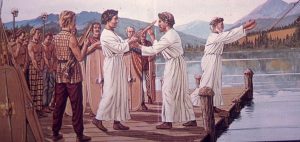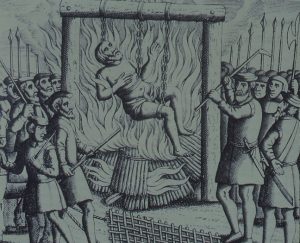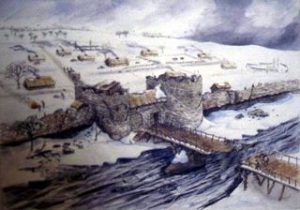Tower to Rotherhithe Riverside Walk.
Tower Hill Tube. Feb 1 2020 2.30
This is a lovely walk along the River Thames from Tower Bridge to Rotherhithe Tube Station. We walk in the City, Southwark, Bermondsey and Rotherhithe, through areas famous for Dickens. lived in by Gulliver, painted by Turner and Whistler, and we end where the Mayflower began its journey to the New World.
We will see great views of the River and its architecture and look at the history of the River Thames from the Roman period to the 21st Century. We will be. exploring old warehouses, old palaces, former tea gardens, churches, council estate and infamous areas of slums which are now much prized housing areas.
This is a London Walks Walk by Kevin Flude


 on Saturday, November 30.
on Saturday, November 30.